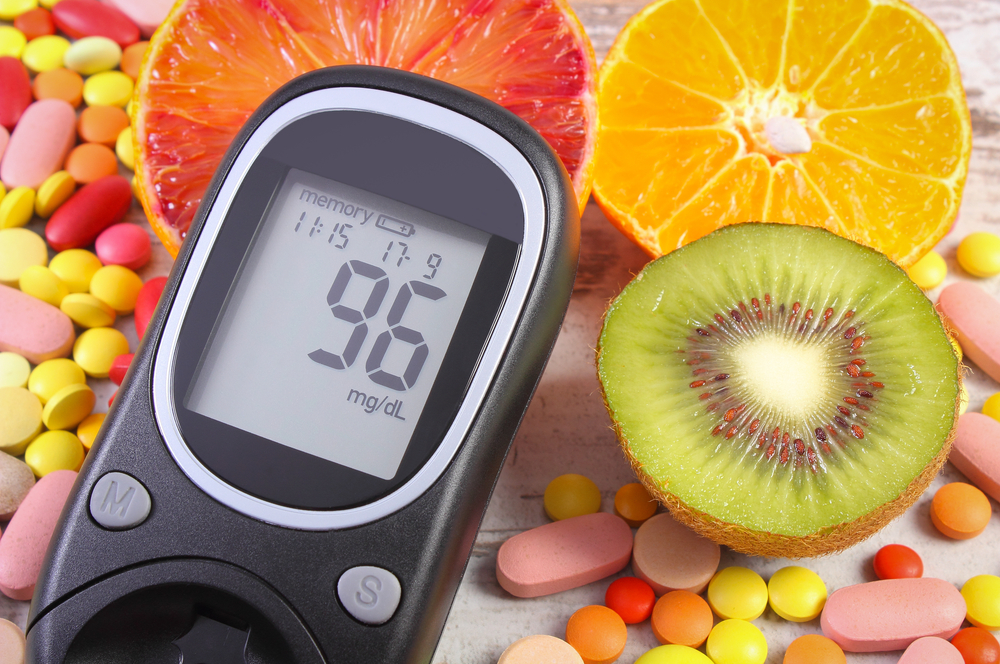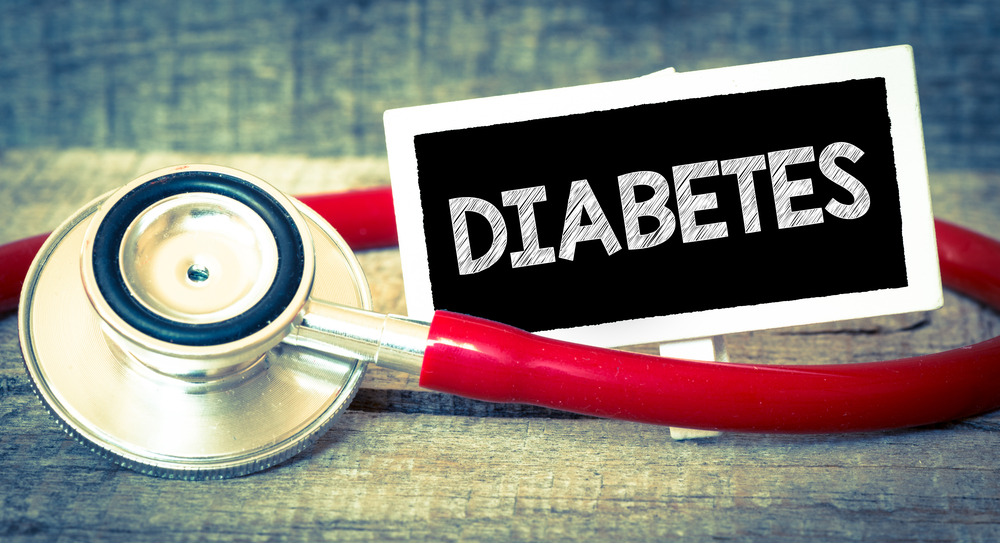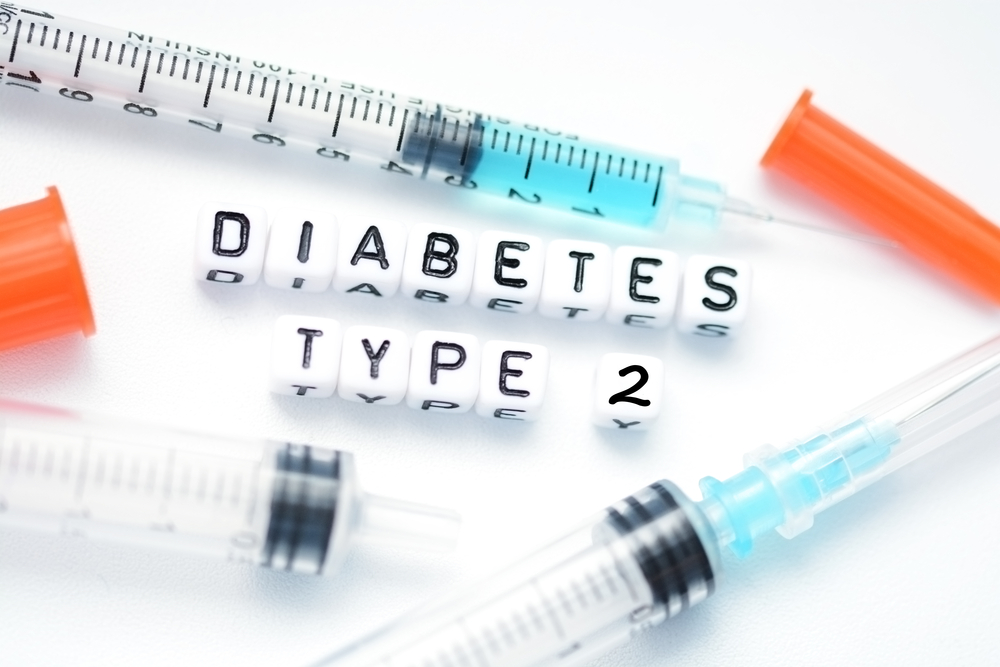The drugs used for diabetes care are reserved for use after lifestyle measures have been unsuccessful in reducing glucose levels.
Diabetes is a complex health condition that can be life-threatening. It is one of the diseases that can be managed and treated well. The disease occurs when your body is not capable of managing glucose levels due to several factors that involve the insulin hormone. If a person has diabetes he/she either make too much insulin or not enough insulin. In some cases, insulin resistance develops, which means the cell won’t use the insulin properly. It is a life-threatening condition if left untreated can result in the death of a person.

If diabetes has not been managed properly, it may cause complications like loss of extremities, coma, obesity, and blindness. There are two types of diabetes namely, type I and type II. The majority of people have type II diabetes and is also known as a lifestyle disease, although there are other risk factors also associated with the problem.
Also Read: Hernia Awareness Month: Know Everything About Hernia
Whereas Type I is a hereditary disease and diagnosed at a very young age. Other types of diabetes include gestational diabetes that is different from both type I and type II diabetes.
Symptoms of diabetes
Diabetes has a complex set of symptoms that can be mistaken for other diseases. If you experience any of the symptom mentioned in this document, immediately talk to your physician about an evaluation and monitoring of your blood sugar levels. The common symptoms of diabetes may include:
- Blurred vision
- Constant hunger
- Unexpected weight gain
- Frequent need to urinate
- Depression
- Mood swings
- Unusual weight loss
- Fatigue
- Slow healing of cuts and bruises
- Numbness in extremities
- Constant thirst
- Muscle aches
- Tingling or stinging in hands, feet, and limbs
Who get diabetes?
If you have been told by a health care specialist that you are pre-diabetic or found out you have developed gestation diabetes during pregnancy. There is no need to worry, pre-diabetic simply means you have the warning markers for developing type II diabetes. Once you have been told pre-diabetic, start managing it with proper diet and exercising schedule. By adopting theses lifestyle changes in your daily routine, you can avoid the onset of developed diabetes. A rare form of diabetes called gestational diabetes is a temporary health condition, which is not associated with the increased risk of diabetes but is well associated with risk of gestational diabetes during next pregnancy.
Diabetes primarily attacks those with a family history of the disease. The risk group of type II diabetes is much bigger than the group of type I. Notify that there are specific forms of type II diabetes that are related to certain races and ethnicities. For example-African American women comes under highest risk groups for both types of diabetes mellitus.
Type I and Type II diabetes
Heredity is a huge risk marker for type I form. It can also be called juvenile diabetes because of the fact that it is most common commonly diagnosed in children. The type is incurable and irreversible but can be successfully managed with insulin treatments.
Type II is a prevalent form of diabetes. As mentioned earlier in the document, it is often referred to as lifestyle disease as many unhealthy risk factors contribute to its development. In some people, type II is diagnosed without lifestyle factors being involved. The common one may include:
- Gender
- Fat distribution
- Family background
- Being pre-diabetic
- Being overweight
- Gestational diabetes
- Race
- Sedentary lifestyle
Keep a note of all these risk factors to get rid of the problem. Sedentary lifestyle and overweight are considered to be the higher risk factors, which supports the designation of the condition as one from the lifestyle. It is possible to reverse the type II diabetes with essential dietary and lifestyle changes.
Treatment
Diabetes treatment involves a combination of diet, exercise, lifestyle changes, and medications. All type of diabetes requires medicinal treatment, but many people control it so that they do not take insulin shots. For those who find it hard to control their blood sugar level is prescribed with insulin pumps that can help stabilize the gluscose levels in blood throughout the day. Your physician might prescribe a combination of diabetes medications from different categories to help you control to help manage your condition in different ways.
Medications prescribed for type II diabetes treatment include:
- Metformin
- Meglitinides
- Sulfonylureas
- SGLT2 inhibitors
- DPP-4 inhibitors
- Thiazolidinediones
- GLP-1 receptor agonists
Also Read: Fuel Your Fitness with Perfect Meals
Importance of self-monitoring
Self-monitoring is a process that makes you aware of your blood sugar levels and other associated levels in your body. It is extremely important to measure your blood sugar levels as it is a part of the insulin routine. With the help of a pinprick test strip device, one can perform the blood sugar test at home only. It is a simple daily practice for many diabetic patients to make sure their insulin routine matches the need of their body.



